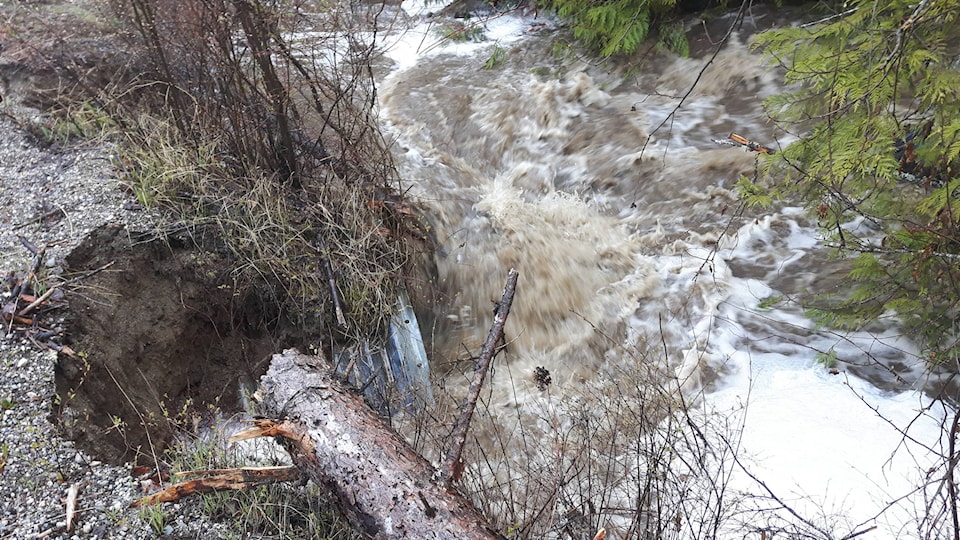The District of Lake Country has eased the irrigation ban across the municipality thanks in part to the creative thinking of an engineering student.
Greg Buchholz, Lake Country director of infrastructure services, said the district is requesting water users only irrigate as absolutely necessary.
Filling pools and hot tubs is permitted for domestic users, while agriculture users are asked to limit irrigation to new plantings, filling of sprays and testing of their irrigation systems.
The even-odd day domestic watering schedule remains in effect and the district asks residents to only water where necessary, which for now should be negated by the high water saturation level of the ground.
Buchholz said the engineering summer student, Brandon Mitchell, came up with an idea of a how to divert runoff from the Oyama Creek water spillway intake screening process that was plugged up by debris washed down from upstream, an obstruction that created the initial need for the irrigation ban.
“We had seen water flows in Oyama Creek at a volume level we’ve never seen before,” Buchholz noted.
The Oyama Creek watershed in particular is important because it is a water source for Oyama bench farmers, who normally require water volumes for their fruit crops that can’t be absorbed by switching to alternative Okanagan Lake or Kalamalka Lake intake sources.
Buchholz said the district did engage with some consultants on how to address the upper watershed issues, “but our crews said, nah, we are going to roll this way, and got it done.”
Stepping up into the forefront of that effort was Mitchell, the grandson of a Lake Country pioneer farming family. His father Mike Mitchell is the district water utilities superintendent and his grandfather Malcolm Mitchell is a long-time member of the Winfield water services advisory committee.
“They represent three generations of a family, people who have been highly dedicated to the provision of water within our community,” Buchholz said.
He said Brandon’s ingenuity was coming up with the water diversion idea and manufacturing it from scratch, with the help of public works crews less than a week after the flooding reeked havoc on the water distribution system.
“Within three or four days of the initial flooding, they had this thing working. I previously was a consultant for 16 years and worked on designing these kinds of systems and I was amazed at what our guys came up with so quickly. They were just awesome,” he said.
Moving forward, Buchholz said the worst of the flooding fears are probably behind the district with the higher elevation snowpack in the higher watersheds pretty much melted, although the rising levels of Wood Lake and Kalamalka Lake still present some challenges.
“At this point, we are telling everyone to keep the sandbags in place so we are prepared if something changes,” Buchholz said.
“But I think the worst is behind us, things should settle down a bit. Mother Nature was full on in control for awhile there and she has relinquished control back to us, and that’s a much nicer place to be.”
